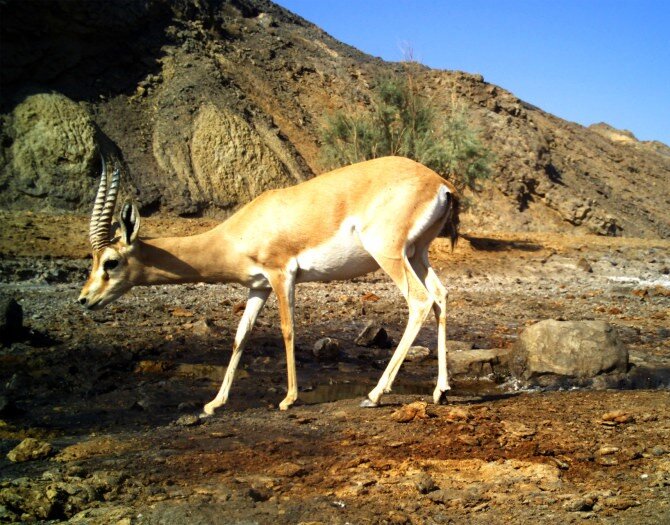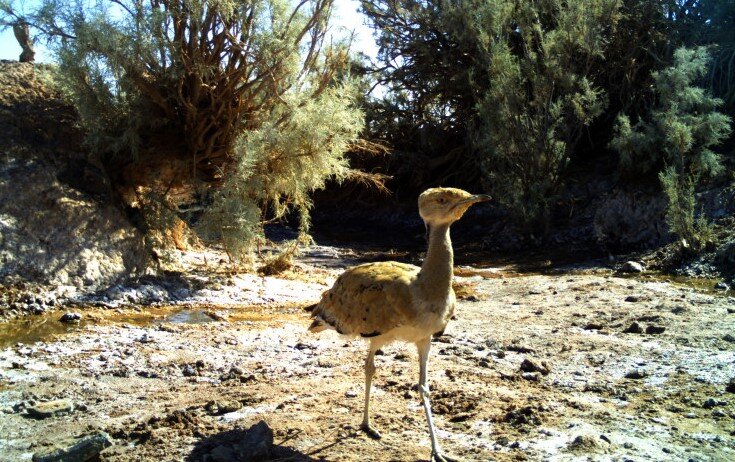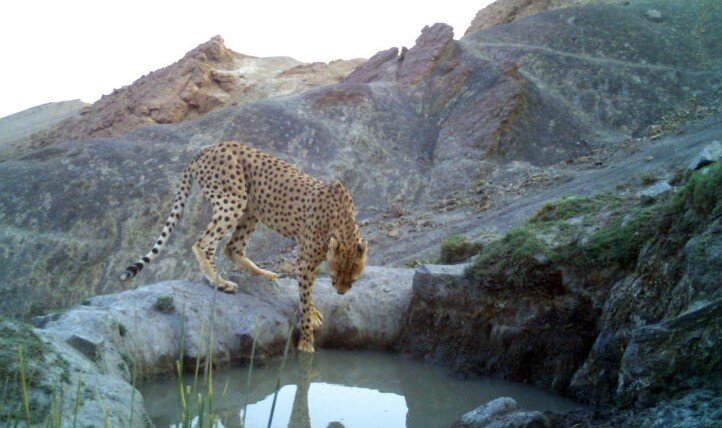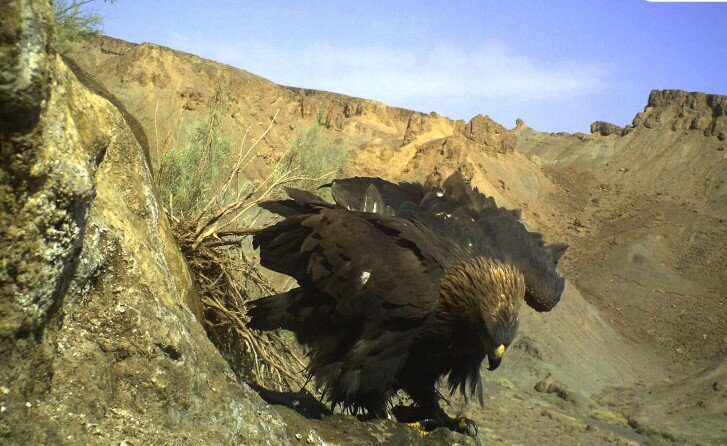Naybandan Wildlife Refuge: meet Iran’s largest remarkable sanctuary

TEHRAN – Naybandan Wildlife Refuge located in the eastern province of South Khorasan, with an area of 1,516,994 hectares, is the largest wildlife sanctuary to safeguard the habitats native animals need to survive and thrive in Iran; known as the most important habitat of the Asiatic cheetah.
To preserve the existing biodiversity over the wide geographic expanse of Iran, four types of areas have been designated for preservation and protection, including, national parks, wildlife refuges, protected areas, and natural national monuments. In 1997, the Department of the Environment (DOE) held supervision over 7,563,983 hectares of such areas. By the year 2003, the size of the DOE supervised areas reached 11,791,788.225 hectares.
The national park is a designated part of Iran’s environment - including forests, rangelands, woodlands, prairies, water, or mountains - that is an outstanding representation of Iranian nature. As such, it is brought under protection in order to permanently preserve its natural ecology and to create a suitable environment for the flourishing of wildlife and the growth of flora under natural conditions. The national parks currently cover 1,649,771 hectares of the country’s area.
Protected areas also are significantly important natural resources due to its impact on wildlife breeding, preservation of plant life, or its natural state. The total area of regions protected is 6,600,601 hectares.
A Wildlife refuge has natural habitats and special climate qualifications, which brought under protection in order to revive wild animals and is stretching to 3,524,181 hectares.
Held the highest population of Asiatic cheetahs, since 2006, Naybandan Wildlife Refuge was estimated to hold a share of at least 15 cheetahs.
The sanctuary has been under protection since [the Iranian calendar year] 1373 (March 1994– March 1995) but was designated as wildlife refuge 7 years later.

A bustard in Naybandan Wildlife Refuge
The sanctuary has various topographic areas like mountains, plains, sand plains, hilly desert plains, and water with different tastes from the saltiest water to the freshest water.
The dense forest of Tagh is one of the unique features of the area, in addition, due to its location on the Silk Road, many historical caravanserais have remained in this area since ancient times.
The height of this refuge is varying from 680.0 to 3,009.0 m from sea level, the climate variety is from the hottest part in the southeastern point of Nayband Mountain (Dig-e-Rustam) the coldest part in the northeastern part of Nayband Mountain (Aliabad).

A Persian cheetah in Naybandan Wildlife Refuge
Its average annual temperature is between 14 and 19 degrees Celsius and its average annual rainfall is between 50 and 150 mm, which has caused a high temperature, dry, and hot climate.
Naybandan Sanctuary is one of the most pristine and least conflicting habitats in the country in terms of the domestic industries and livestock.
More than 200 plant species have been discovered in the area, some of which include wild almond, bitter almonds, figs, tamarisk, haloxylon, Atraphaxis, mugwort, zygophyllum, ferula, and bitter apple.
Mammals like Asiatic cheetahs, Persian leopard, caracal, wild goat, jebeer gazelle, wild sheep, mouflon, ibex, Blanford's fox, Rüppell's fox are found in the sanctuary.

A golden eagle in Naybandan Wildlife Refuge
It is home to exotic and valuable birds like bustard, cuckoo, Pleske's ground jay, and other birds such as partridge, crao, hoopoe, lark, horned lark, different types of owls, eagles, and vultures.
Reptilians inhibiting in the area include the Jafari snake, viper, camel snake, asp, horned asp, gecko, and lizard. Rodents include rats and porcupines. Insect-eaters include the hedgehog and bat.
Jangal, a 12-year-old cheetah known as the world’s oldest cheetah, lived in this area. The carcass of a Jangal was discovered in 2011 near the Aliabad at the Naybandan Sanctuary, which was dead due to old age.
FB/MG
